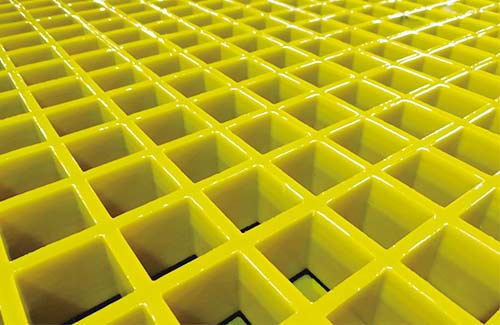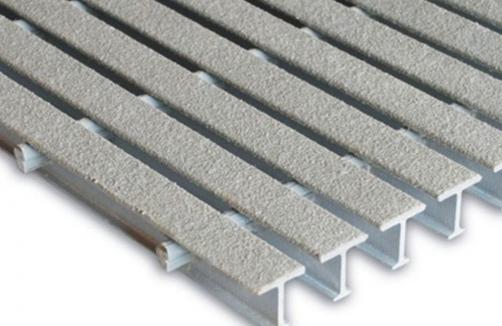GRP Molded Grating: The Ultimate Guide for Industrial Applications
GRP (Glass Reinforced Plastic) molded grating is a versatile and durable material used in various industrial applications. From heavy-duty walkways to industrial platforms, GRP grating offers superior strength, corrosion resistance, and cost-efficiency. But what exactly makes it the ultimate choice for industrial settings? How does it compare to traditional materials like steel or aluminum? And what are the key considerations when selecting GRP grating for your project?
What Is GRP Molded Grating?

GRP molded grating is a composite material made from a mixture of glass fibers and a polymer matrix, typically polyester or vinylester resin. The glass fibers provide exceptional strength and stiffness, while the polymer matrix binds them together, offering corrosion resistance and lightweight properties.
Why Choose GRP Grating for Industrial Applications?
One of the primary advantages of GRP grating is its durability. Unlike steel, which can rust and corrode, or aluminum, which can dent and weaken over time, GRP grating remains unaffected by harsh chemicals, saltwater, and extreme temperatures. This makes it ideal for environments where traditional materials would fail.
Another key benefit is weight reduction. GRP grating is approximately 50% lighter than steel, allowing for easier installation and reduced structural load on supports. This also translates to lower transportation costs and fewer resources needed for installation.
Common Industrial Applications of GRP Grating
GRP grating is used in a wide range of industrial settings, including:
- Bridge Decking: Replaces aging and corroded steel decking with a more durable and lightweight alternative.
- Platform Walkways: Provides safe and non-slip surfaces for industrial platforms, factories, and warehouses.
- Marine Structures: Used in docks, piers, and offshore platforms due to its corrosion resistance.
- Chemical Plants: Withstands exposure to hazardous substances without degradation.
- Elevator Platforms: Offers a strong yet lightweight solution for industrial elevators.
Key Considerations When Selecting GRP Grating
Before purchasing GRP grating, several factors must be considered:
- Load Requirements: Determine the maximum weight the grating will support, including live loads (people, equipment) and dead loads (grating itself).
- Span and Support Spacing: Ensure the grating is designed to handle the span between supports without excessive deflection.
- Surface Finish: Choose from open-grid or solid-top grating based on safety needs. Open-grid provides better drainage, while solid-top offers a non-slip surface.
- Chemical Resistance: Verify that the resin used in the grating is compatible with the substances it will encounter.
GRP Grating vs. Traditional Materials
When comparing GRP grating to steel or aluminum, the differences are significant:
- Resistenza alla corrosione: GRP outperforms both steel and aluminum in corrosive environments.
- Weight: GRP is lighter than steel but heavier than aluminum, offering a balance between strength and flexibility.
- Cost: While initially more expensive than aluminum, GRP’s long lifespan and low maintenance make it more cost-effective over time.
- Installation: GRP grating is easier to cut and shape than steel, reducing installation time and labor costs.
Sharing Insights: Best Practices for GRP Grating Installation
Proper installation is crucial to maximize the benefits of GRP grating. Here are some best practices:
- Ensure Proper Support: Use reinforced supports to prevent sagging, especially for long spans.
- Use Appropriate Fasteners: Non-corrosive fasteners should be used to avoid compromising the grating’s integrity.
- Seal Joints and Edges: Proper sealing prevents water intrusion and extends the grating’s lifespan.
- Regular Inspection: Periodic inspections ensure early detection of any issues, such as cracks or loose fasteners.
Conclusione
GRP molded grating is an exceptional choice for industrial applications, offering unmatched durability, corrosion resistance, and cost-efficiency. Whether for bridge decking, platform walkways, or marine structures, GRP grating provides a reliable solution that outperforms traditional materials. By understanding the key benefits and installation best practices, you can make an informed decision and ensure your project’s long-term success.
If you’re considering GRP grating for your next industrial project, consult with a trusted supplier to determine the best specifications for your needs. Share this guide with your team to ensure everyone understands the advantages of GRP grating and how it can enhance your operations.







